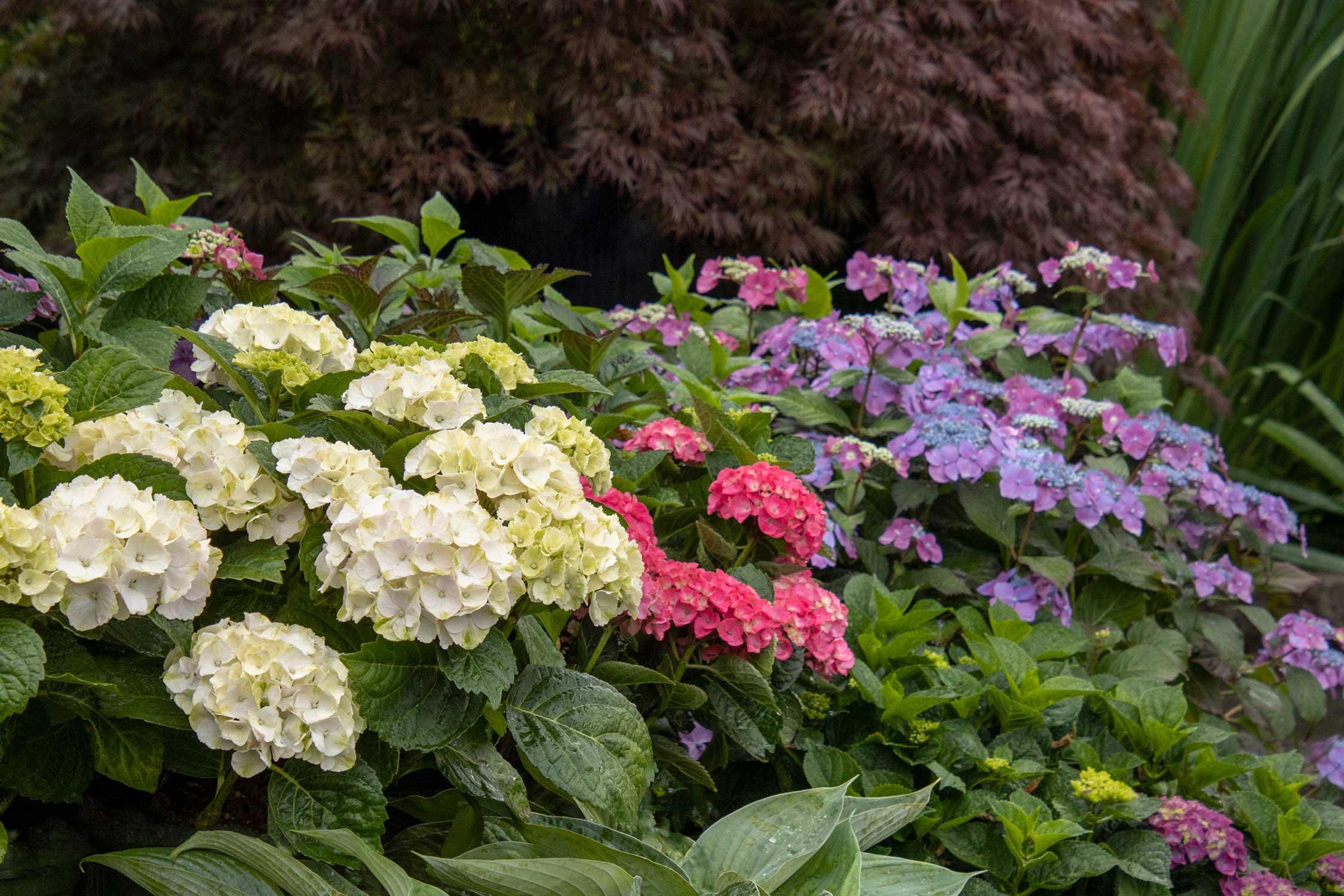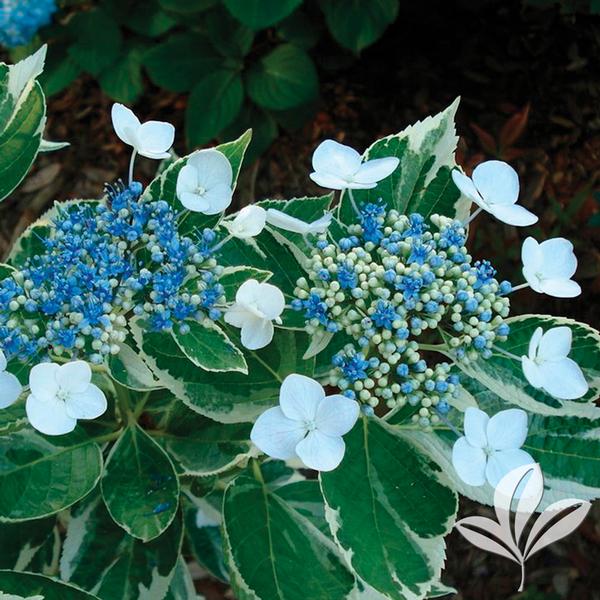The Variegated Lacecap Hydrangea: A Stunning Addition To Any Garden
The Variegated Lacecap Hydrangea: A Stunning Addition to Any Garden
If you're looking for a stunning addition to your garden, look no further than the variegated lacecap hydrangea. This beautiful plant is known for its unique leaves and delicate flowers. With its easy-care nature and versatile growing conditions, the variegated lacecap hydrangea is a great choice for gardeners of all levels of experience.
What is a variegated lacecap hydrangea?
A variegated lacecap hydrangea is a type of hydrangea that has leaves with a mixture of green and white or yellow coloration. The flowers are also variegated, with a mix of pink, blue, or purple petals. Variegated lacecap hydrangeas typically grow to be 4-6 feet tall and wide.
Where to plant a variegated lacecap hydrangea
Variegated lacecap hydrangeas prefer to be planted in a spot with morning sun and afternoon shade. They can also tolerate full shade, but they may not flower as profusely. The soil should be well-drained and rich in organic matter.
How to care for a variegated lacecap hydrangea
Variegated lacecap hydrangeas are relatively easy to care for. Water them regularly, especially during hot, dry weather. Fertilize them once a year in the spring with a balanced fertilizer. In the fall, prune them back to about half their size.
Pests and diseases
Variegated lacecap hydrangeas are generally resistant to pests and diseases. However, they may be susceptible to hydrangea leaf spot, a fungal disease that can cause brown spots on the leaves. If you see any signs of leaf spot, treat it with a fungicide.
Propagating a variegated lacecap hydrangea
Variegated lacecap hydrangeas can be propagated by taking cuttings in the spring or summer. To take a cutting, choose a healthy stem that is about 6 inches long. Remove the lower leaves from the cutting and dip the end in rooting hormone. Plant the cutting in a pot of well-draining potting mix. Keep the soil moist and place the pot in a shady location. The cutting should root in about 4-6 weeks.
Enjoying your variegated lacecap hydrangea
Once your variegated lacecap hydrangea has established itself, it will reward you with beautiful flowers for many years to come. The flowers are typically in bloom from June to September. They can be used in fresh or dried arrangements.
Variegated lacecap hydrangeas are a stunning addition to any garden. With their unique leaves and delicate flowers, they are sure to turn heads. If you're looking for a low-maintenance plant that will add beauty to your landscape, the variegated lacecap hydrangea is a great choice.
If you're looking for a beautiful and unique shrub to add to your garden, consider the variegated lacecap hydrangea. This stunning plant features large, green leaves with creamy-white edges, and its lacecap flowers can be blue, pink, or white, depending on the acidity of the soil. Variegated lacecap hydrangeas are relatively easy to care for, and they can thrive in partial shade or full sun.
If you're interested in learning more about variegated lacecap hydrangeas, I recommend visiting . This website has a wealth of information about the plant, including its care requirements, planting instructions, and pest and disease prevention tips. You can also find photos of variegated lacecap hydrangeas in bloom, so you can see for yourself how beautiful they are.
FAQ of variegated lacecap hydrangea
1. What is a variegated lacecap hydrangea?
A variegated lacecap hydrangea is a type of hydrangea that has leaves with a mixture of green and white or yellow markings. The leaves are typically larger than those of non-variegated hydrangeas, and they can add a touch of color and interest to any garden.
2. How much sun does a variegated lacecap hydrangea need?
Variegated lacecap hydrangeas prefer partial sun, meaning they should receive 4-6 hours of sunlight per day. Too much sun can scorch the leaves, while too little sun can cause the leaves to lose their variegation.
3. What type of soil does a variegated lacecap hydrangea need?
Variegated lacecap hydrangeas prefer moist, well-drained soil. The soil should be slightly acidic, with a pH of 5.5-6.5.
4. How much water does a variegated lacecap hydrangea need?
Variegated lacecap hydrangeas need regular watering, especially during the hot summer months. The soil should be kept moist, but not soggy.
5. How do I fertilize a variegated lacecap hydrangea?
Variegated lacecap hydrangeas should be fertilized in the spring and summer with a balanced fertilizer. A fertilizer with a 10-10-10 or 12-12-12 ratio is a good choice.
Image of variegated lacecap hydrangea
- Variegated lacecap hydrangea in full bloom. The flowers are a mix of white, pink, and green, and they have a delicate, lace-like appearance.
- Close-up of the flowers of a variegated lacecap hydrangea. The petals are a beautiful blend of white, pink, and green, and they have a slightly wavy edge.

- Variegated lacecap hydrangea in a shady spot. This hydrangea is thriving in a shady spot in the garden. The leaves are a dark green with creamy white variegation, and the flowers are a pale pink.

- Variegated lacecap hydrangea in a pot. This hydrangea is a great option for container gardening. It can be placed in a sunny spot on the patio or deck, or it can be brought indoors during the winter.
- Variegated lacecap hydrangea in a mixed border. This hydrangea is a beautiful addition to any mixed border. It can be planted with other shade-loving plants, such as hostas, ferns, and bleeding hearts.


Post a Comment for "The Variegated Lacecap Hydrangea: A Stunning Addition To Any Garden"